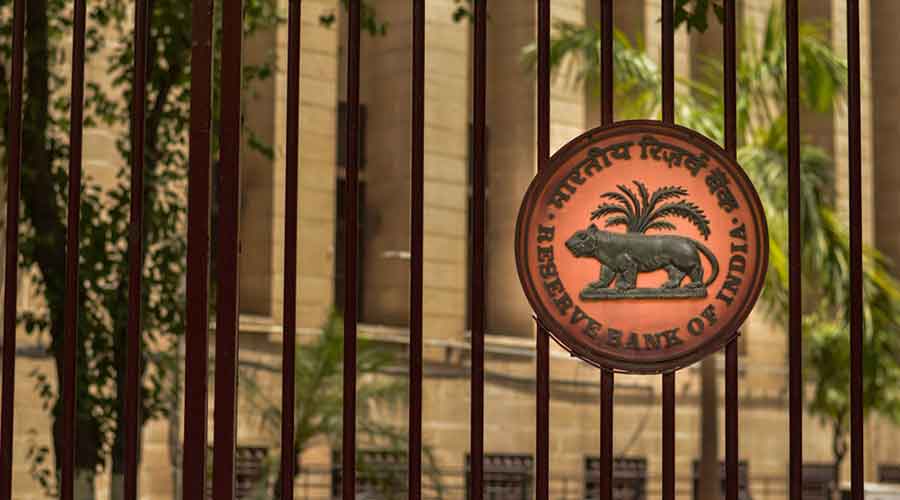The Reserve Bank of India recently expressed concern with the poor credit off-take from banks by large industries. There has been a contraction in credit to the industrial sector as a whole, from a positive growth of 2.5 per cent in January 2020 to a negative contraction of 1.3 per cent in January 2021. For the large industrial sector alone, the contraction was more severe, falling by 2.5 per cent in January 2021 from a positive growth of 2.8 per cent in January 2020. Credit to the micro and small industries grew only marginally during the same period. However, credit to medium industries registered a robust growth of 19.1 per cent in January 2021 against a growth of 2.8 per cent in January 2020. The data have some important implications. Large industries absorb 82 per cent of all credit from the banks; the remaining 18 per cent is absorbed by small and medium industries. Similarly, in the portfolio of personal loans, home loans comprise 50 per cent. The deceleration of home loans growth has been sharp: it fell from 17.5 per cent in January 2020 to 7.7 per cent in January 2021.
The banks are reluctant to lend to large entities because of the accumulation of stressed assets over the past five years independent of the pandemic. After the pandemic, risks generally increased in all types of loan portfolios. The RBI, as the regulator, tightened compliance norms for identifying potential non-performing assets. Home loans, on the other hand, are considered one of the safest types of loans. They are secured, and people typically default on their home loans only as a last resort. The deceleration in home loans is a reflection of the lack of demand, with household income having taken a beating during the pandemic. A slowdown in this segment affects the derived demand for steel, iron and such other construction material like cement and home fixtures. The banks find themselves between a rock and a hard place: those the banks wish to lend have no appetite for credit, and those who would like to borrow, the banks are wary of them. The regulator wants more credit pumped into the economy, but is tightening the belt on banks’ risk appetites. The moratorium and regulatory forbearance forced by the pandemic are possibly hiding a large accumulation of fresh non-performing assets induced by the economic disruption of last year. The economic recovery has to be fuelled by large-scale fiscal spending. Depending on the RBI will not suffice.











